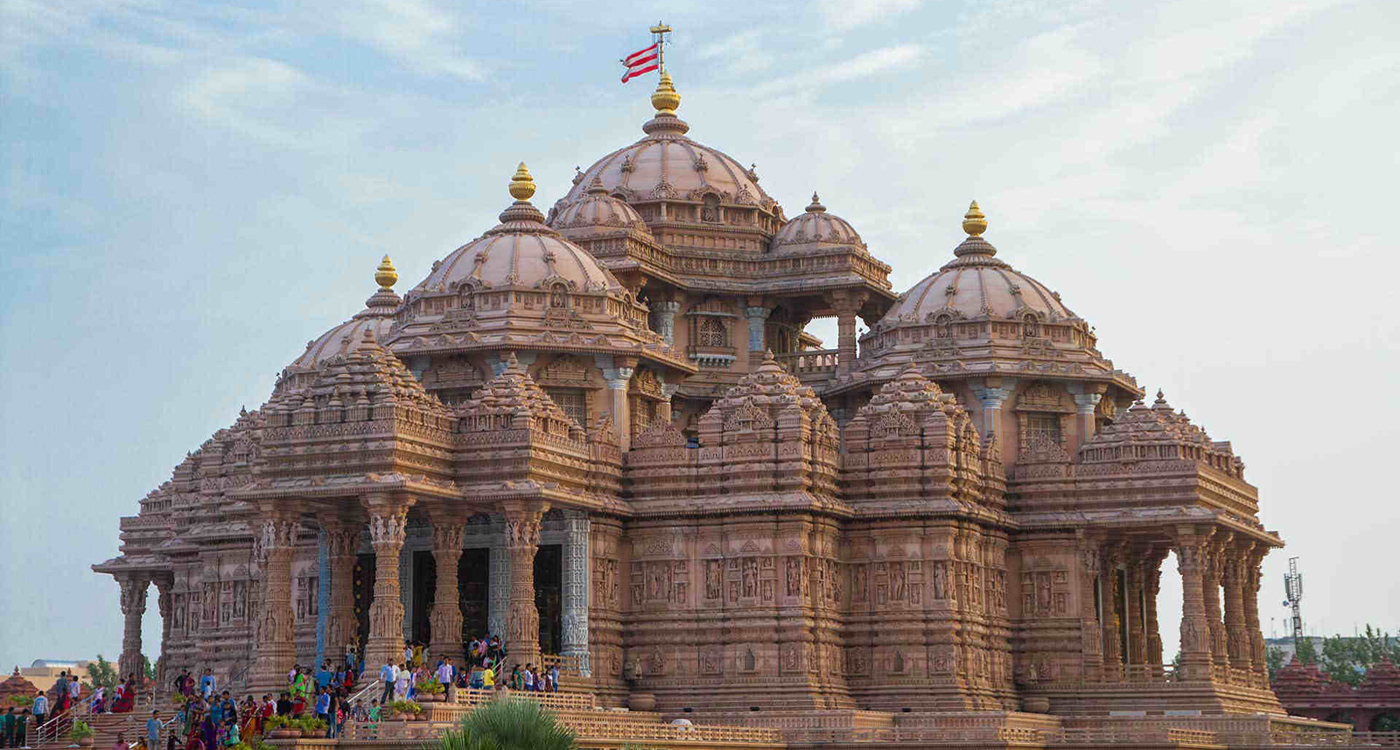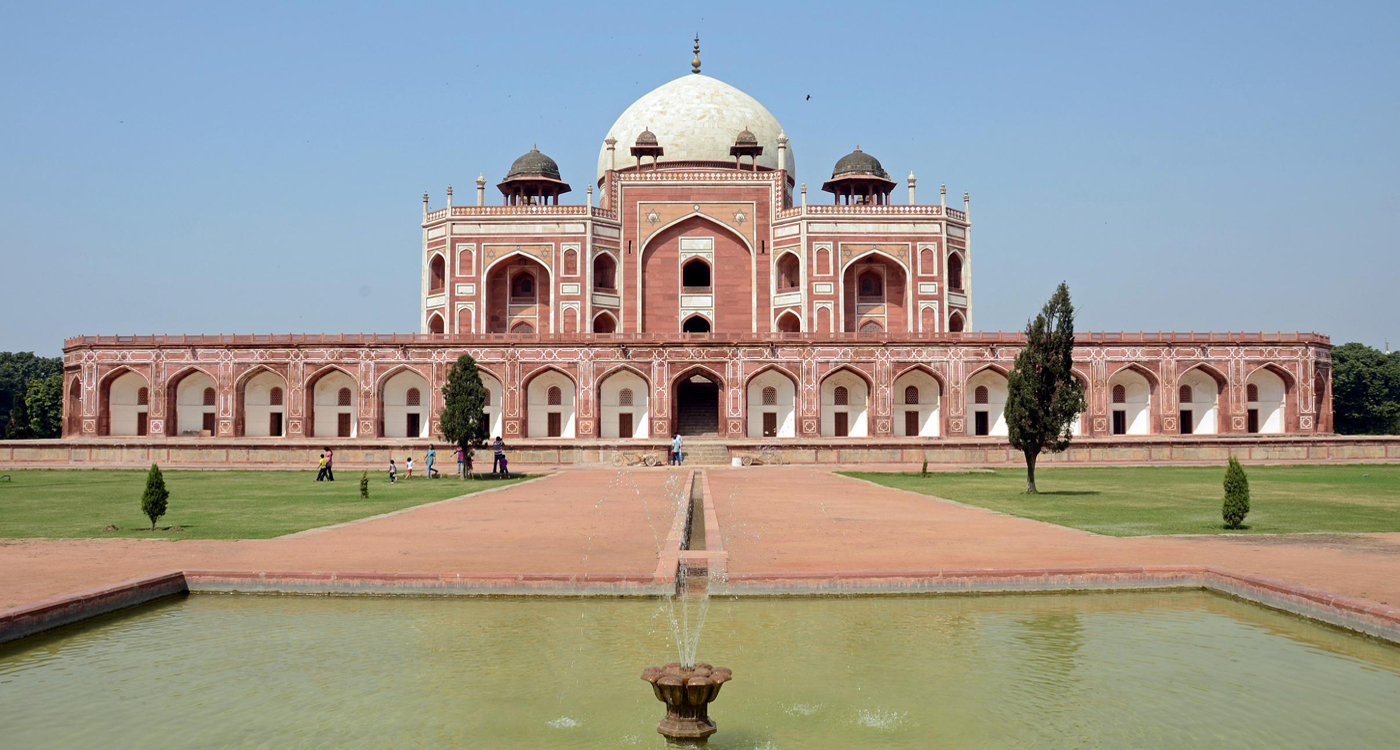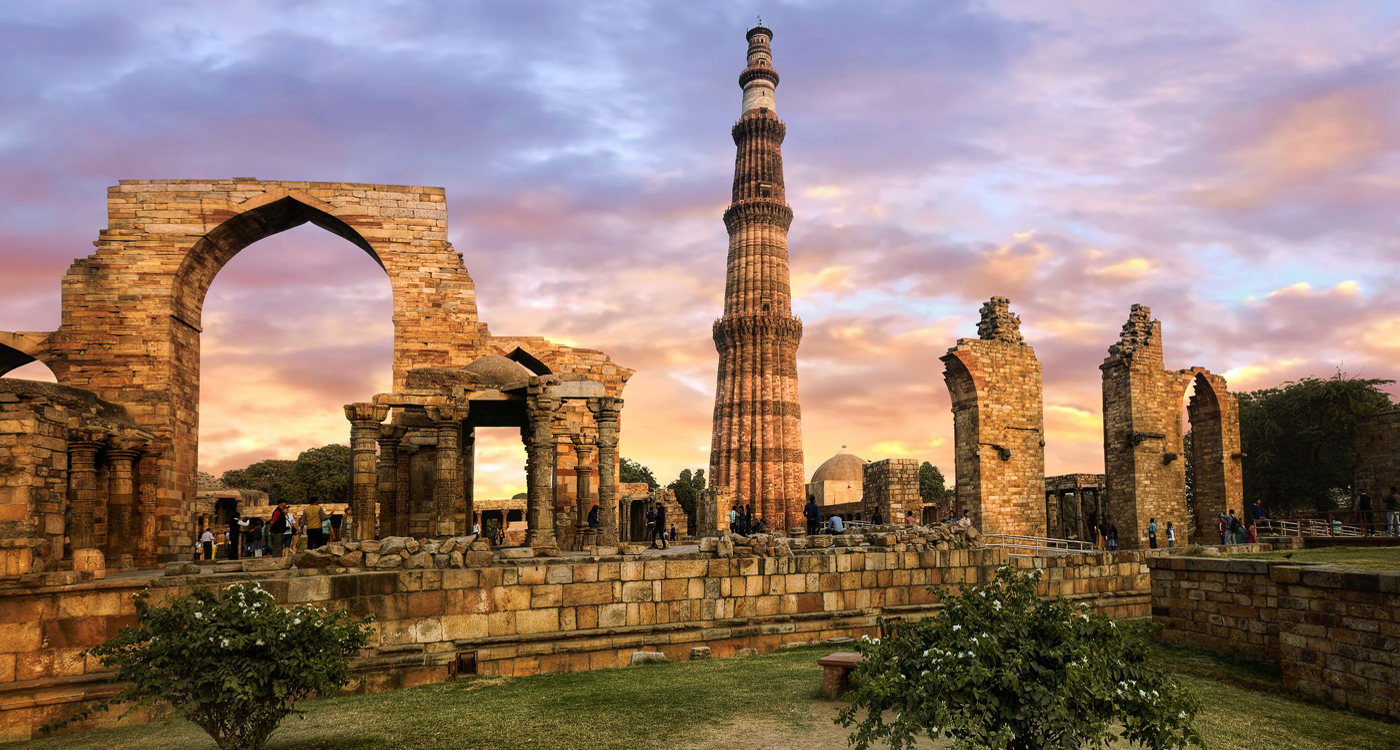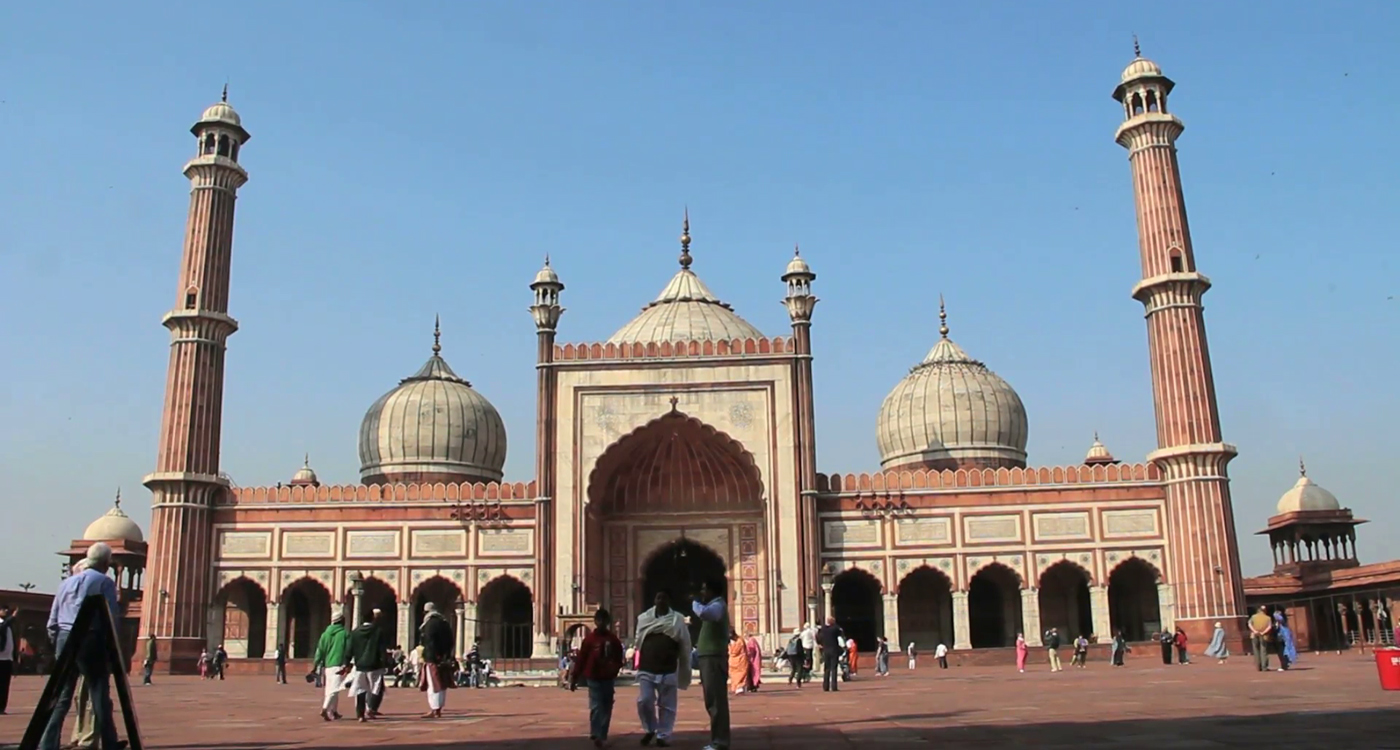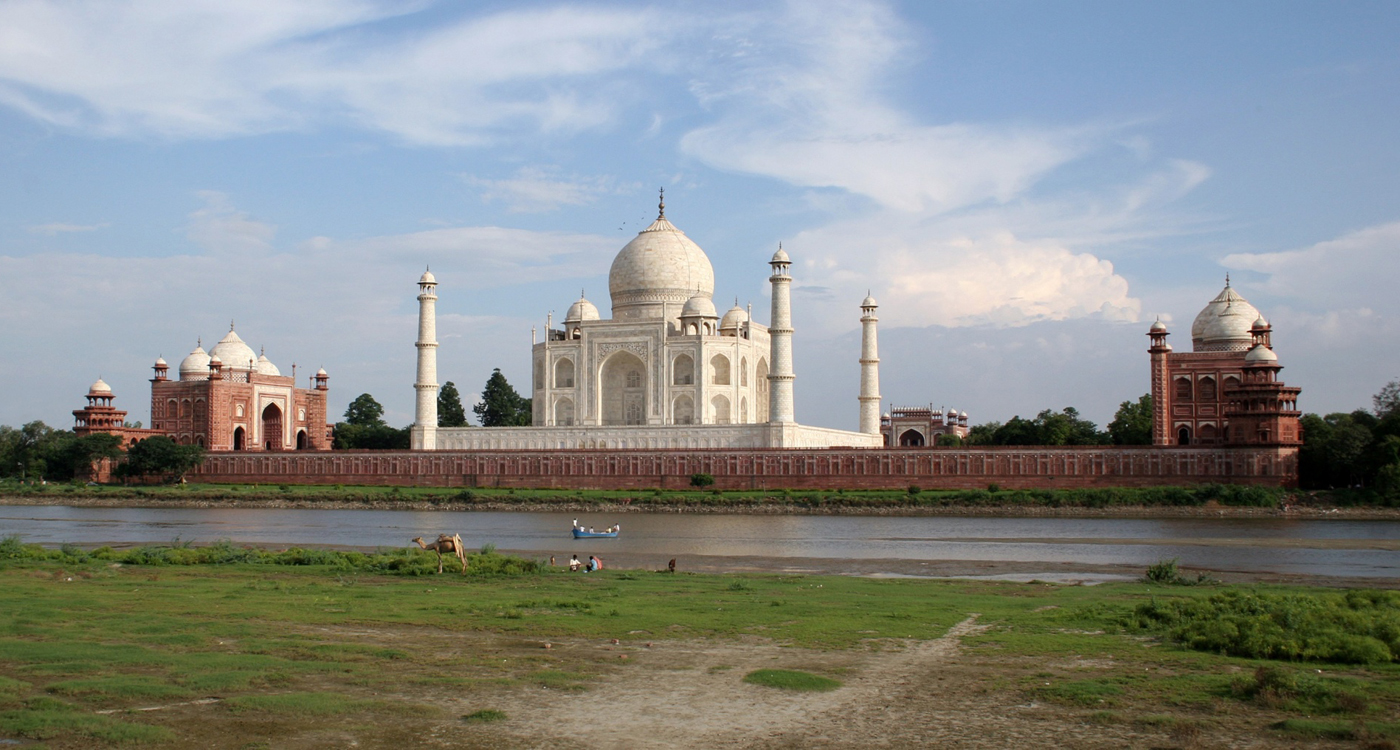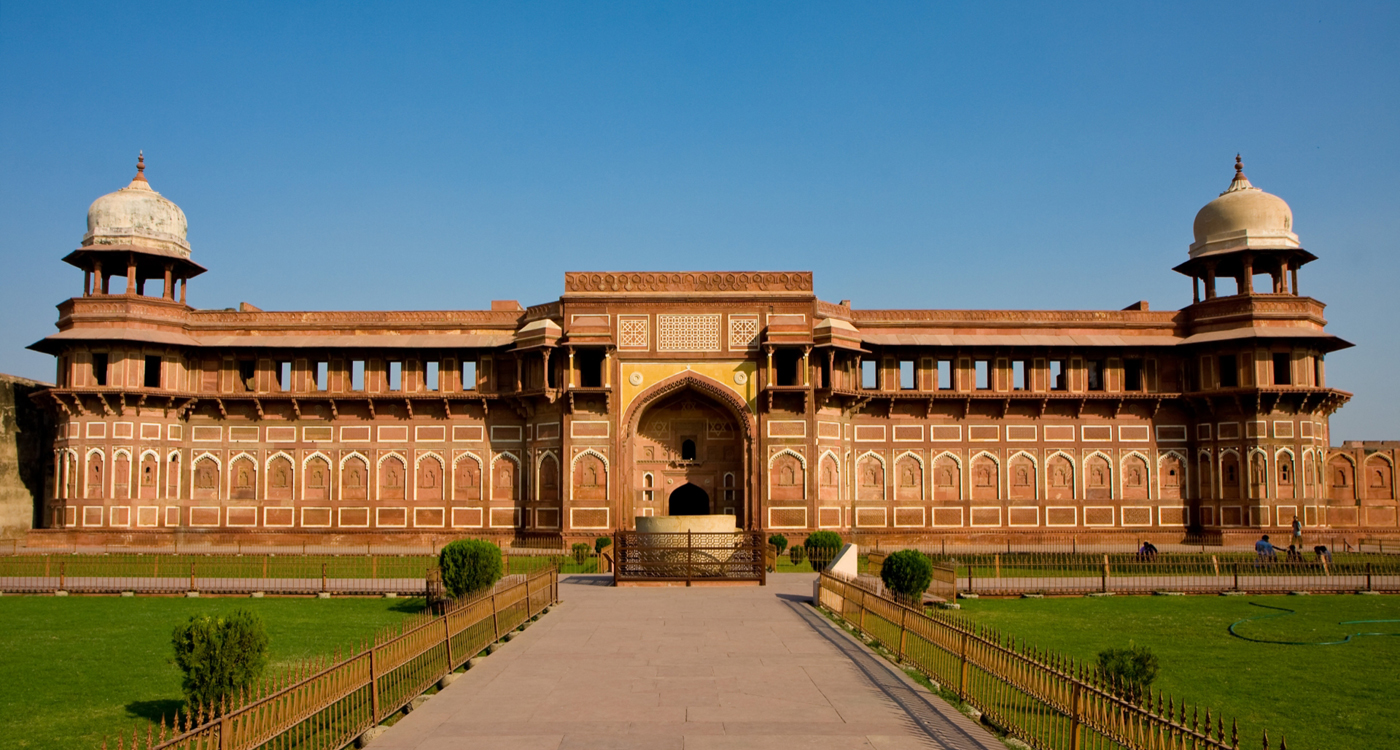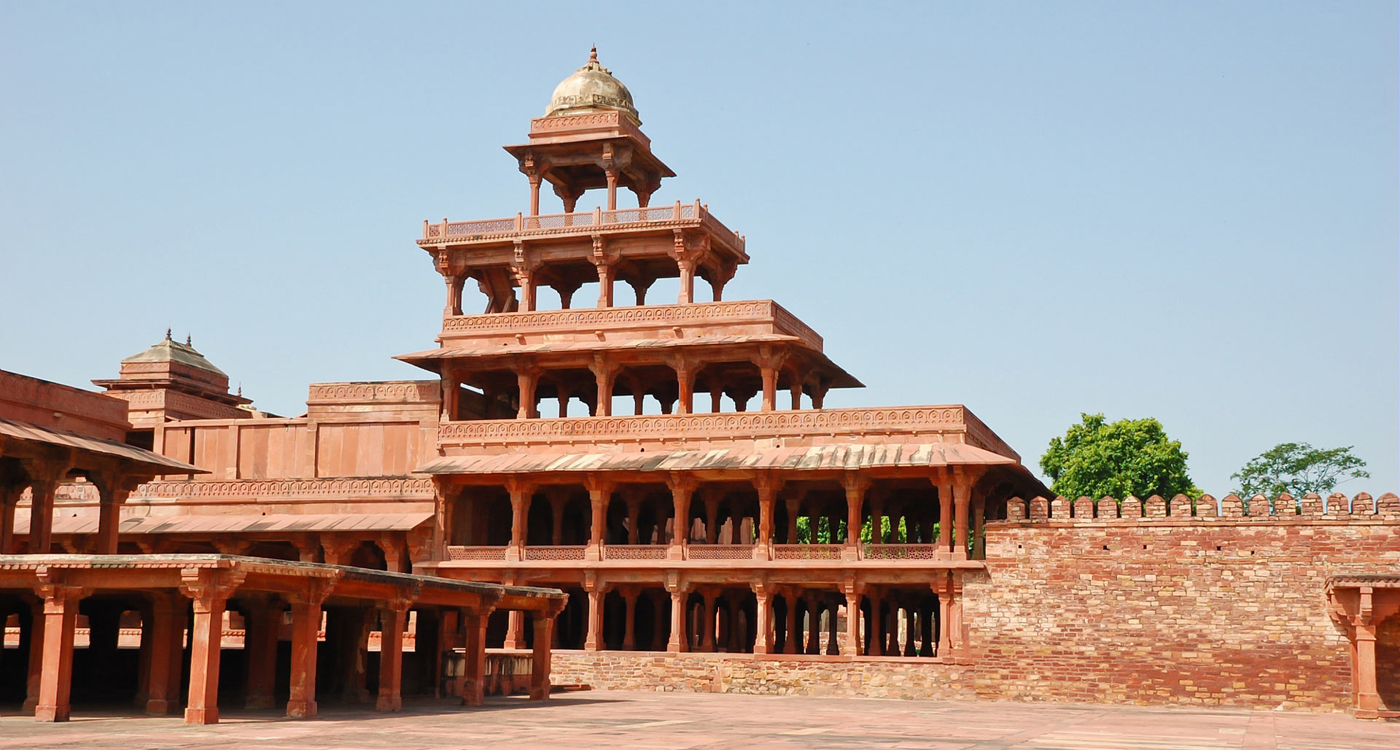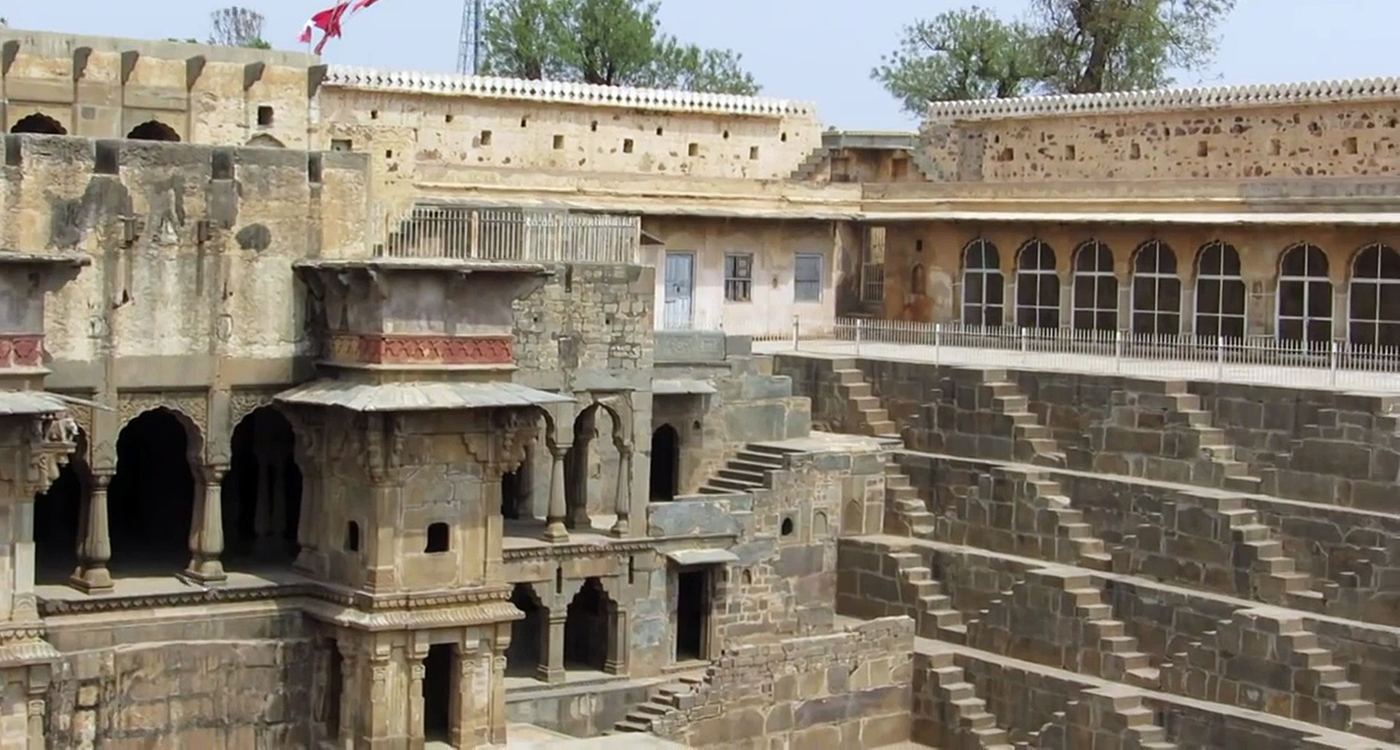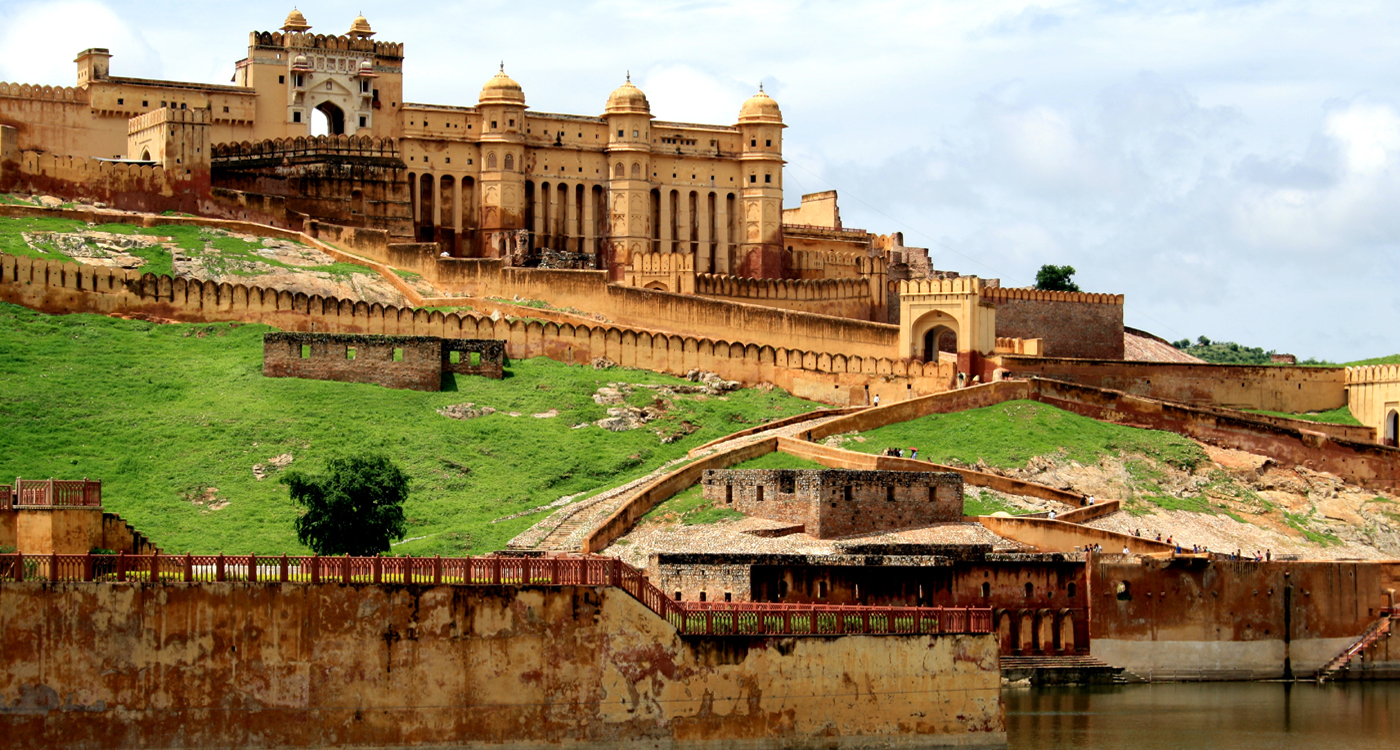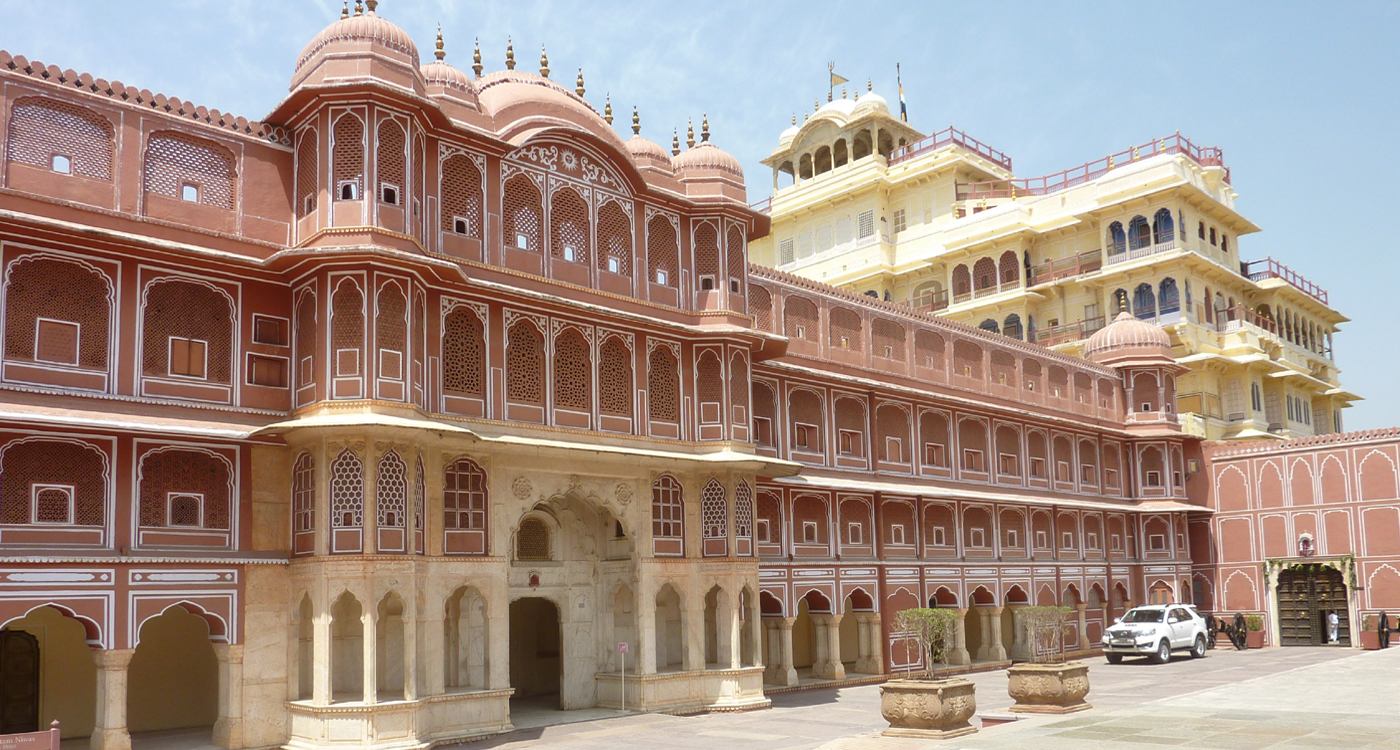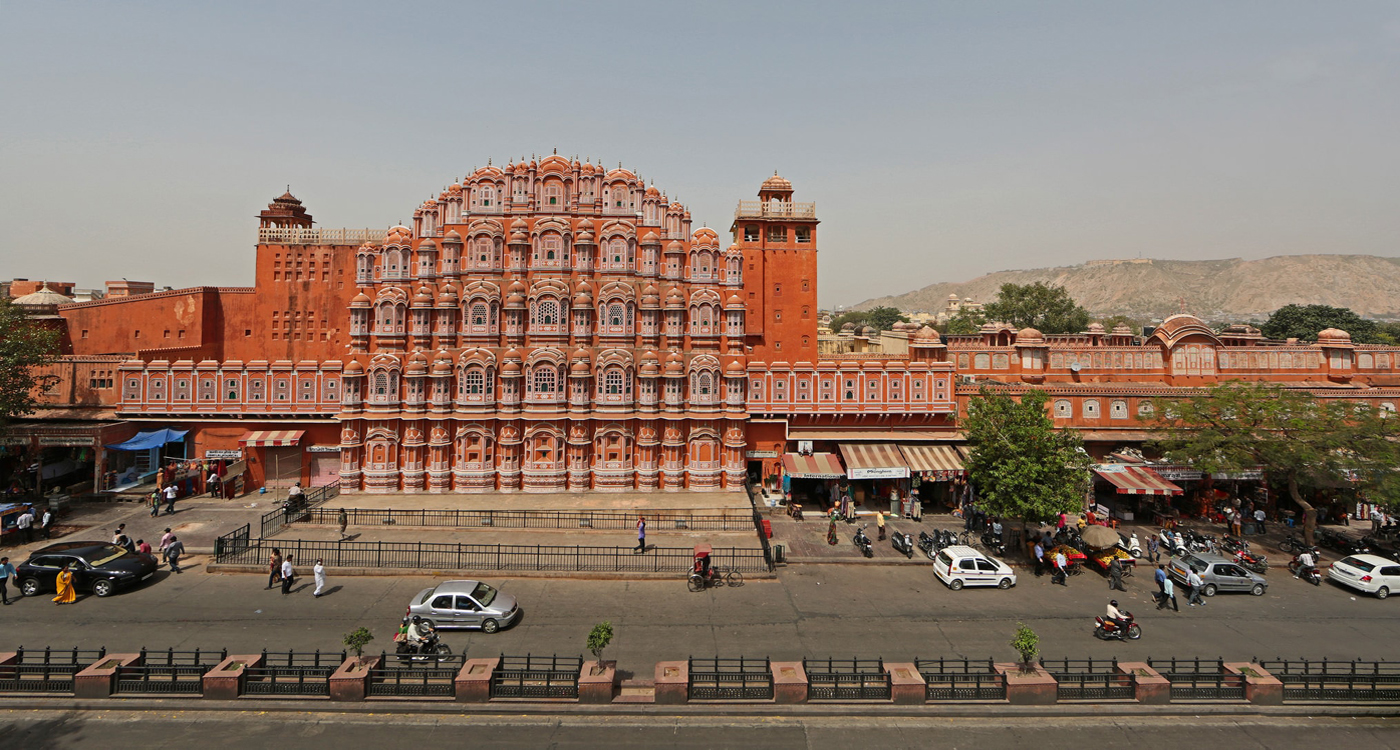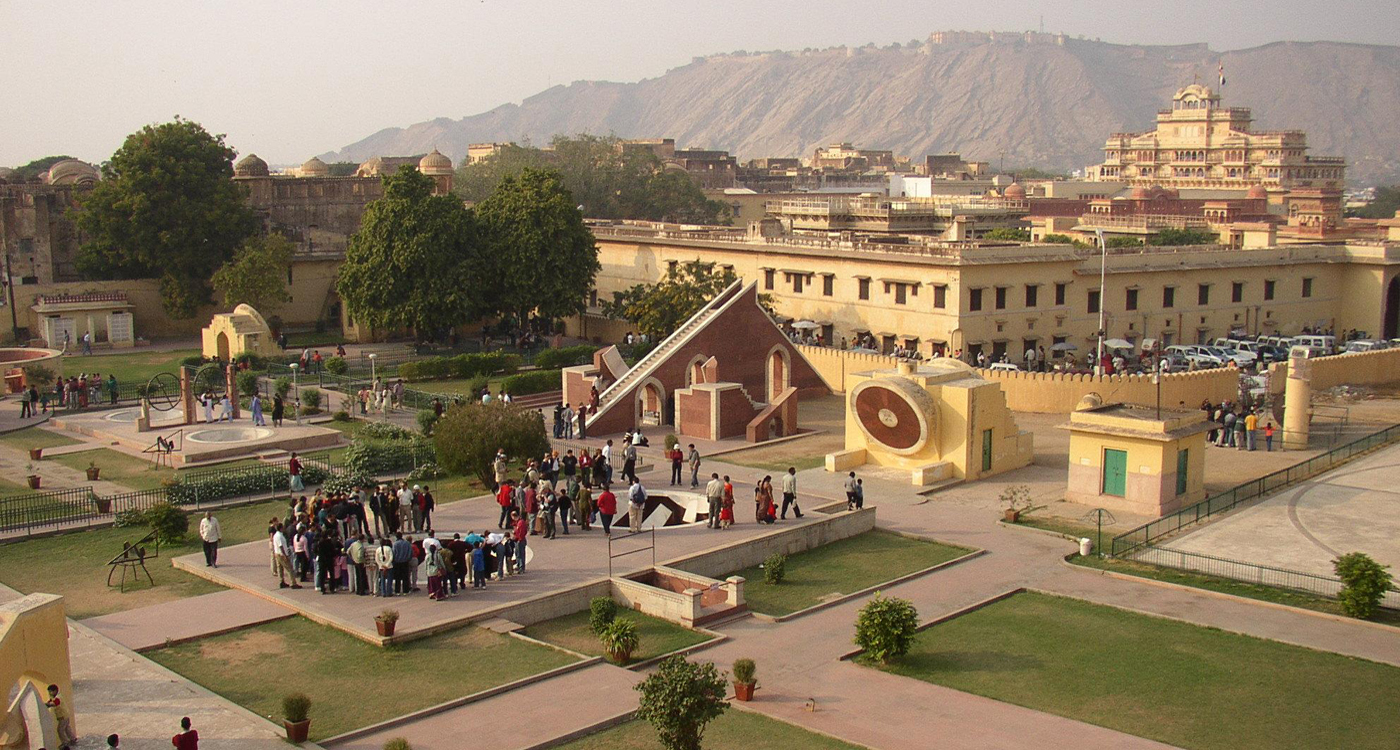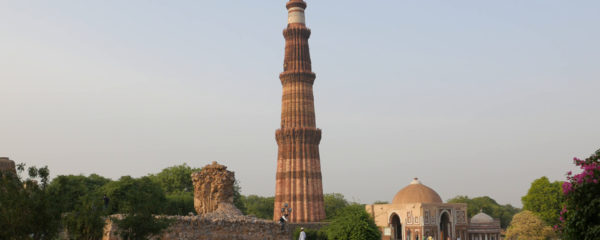Golden Triangle Tour of India is the most famous and popular choice among tourists whenever they think to refresh themselves with a trip. This tour […]
Most popular places to visit in Delhi, Agra and Jaipur
The three cities of Delhi, Jaipur and Agra have a lot to offer with their rich history and unique culture. The Delhi Agra Jaipur travel packages let you explore all the major tourist attractions in the three cities, letting you understand the culture and traditions these three cities have. You can witness some of the most incredible t architectural styles like Mughal, Rajasthani, Indo-Saracenic and even British. In this article, we tell you about the most popular places to visit when you travel through Delhi Agra Jaipur travel packages.
Akshardham
Akshardham, or Swaminarayan Akshardham, is a temple and cultural complex in Delhi. It focuses on Hindu spirituality and culture, and has many cultural activities that promote the mythology associated with Hinduism. The shrine is the focus point and various exhibition halls, thematic gardens, theatres, musical foundations and many other activity areas surround the main shrine. The boat ride takes you through the 10,000 years of heritage, Vedic lifestyle and other features of Indian history and culture. The multi-media water show is an enthralling experience as well. The laser show in the huge amphitheatre is a masterpiece and truly, a sight you will never forget.
Humayun’s Tomb
The monument was the first garden tomb in the Indian subcontinent and was the first structure that used red sandstone at such a large scale. It is the resting place of the second Mughal Emperor, Humayun. This UNESCO World Heritage Site has several smaller monuments around the main monument spread across the complex. The main monument houses the tombs of Bega Begum, Hamida Begum, Shah Jahan and numerous other Mughal Emperors. The monument is a fine example of Mughal architecture with arches, mini minarets, domes and Arabic engravings, which make it a sight you cannot miss! The tomb was built close to the shrine of Nizamuddin and the old fort built by Humayun during his reign.
QutubMinar
QutubMinar, located in Delhi, is the tallest brick minaret in the world. The minaret is a part of the huge Qutub complex, which is a UNESCO World Heritage Site. The 73-metre tall tower has five stories built by multiple rulers over centuries. It has seen major restorations and modifications over time. Quwat-ul-Aslam mosque and Alaudin Khilji’s tomb are the major buildings among many other structural remains that are a part of the complex. Ashoka Pillar is an iron pillar present in the complex that has seen next to no corrosion over hundreds of years, leaving scientists baffled. All these together make the complex a great place to visit in the Delhi Agra Jaipur Tour Packages.
Jama Masjid
Jama Masjid is one of the biggest mosques in the world and can house more than 25,000 people. The mosque stands tall opposite the Red Fort, the fort city where the Mughal rulers lived. Meena bazaar and Chawri Bazaar surround the mosque, which sees thousands of worshippers every year. The mosque remains one of the last constructions done under Mughal rule in India. Post the construction, the mosque acted as the family mosque of the Mughals until the end of the empire. The mosque almost saw its end in 1857 when it was about to be demolished by the British but the local rebellion stopped them from doing so.
Taj Mahal
Mughal Emperor Shah Jahan built the ivory-white mausoleum, Taj Mahal, on the southern banks of river Yamuna in 1632 in the loving memory of his wife Mumtaz Mahal. The monument, widely regarded as the best example of Mughal architecture, has white marbles inlaid with semi-precious stones for intricate design works. The whole complex has multiple gardens and a mosque as well. At night, the charm of the monument increases as the white marble almost appears to be blueish in colour. The monument shows multiple shades of colour throughout the day due to the natural light of sun and moon falling on it. The incredible architecture and the reason behind the construction, makes it truly one of the best monuments out there.
Agra Fort
The fort was initially the palace of Ibraim Lodi and was used by the Lodi dynasty until Babur captured the city and started the Mughal reign. Agra Fort was the main residence of Mughal Emperors until 1638 and therefore has a lot of historical significance. The subsequent rulers had palaces built according to their preference in architecture and made further modifications to the fort. Akbar was responsible for the huge fortification walls built around the fort to ensure that it remained safe from any possible attack. The fort has huge entrances from multiple sides with Lahore and Delhi gate being the most popular.
Fatehpur Sikhri
The grand fort city was the capital of the Mughal Empire during the years of 1571-1585. The fort city was built under the guidance of the greatest Mughal Emperor, Akbar, but was later abandoned. Buland Darwaza, the 54-meter high entrance to the complex of the Fatehpur Sikri complex highlights the grandeur the fort city possesses. The well-preserved complex serves as a great model of efficient architecture and the lifestyle the people had during that time.
Abhaneri Stepwell
Abhaneri stepwell, called Chand Baori, is located in a village a few kilometres away from Jaipur. The stepwell got its name from the villages that were called Abha Nagri. The well is 20 meters deep and has 13 different levels. The intricately designed stepwell worked as a water reservoir for the village and served multiple purposes. For instance, the well houses the Harshat Mata Temple, which was built around the 9th century, and even though it is now in ruins, you can see the beautiful artwork done on its walls. Abhaneri stepwell, considered by many to be the biggest stepwell in India, is surely a place to visit in the Golden Triangle Tour Packages.
Amber Fort
Amber or Amer Fort is located close to Jaipur. The fort is mainly built using red sandstone and marbles and is laid out on four levels with their own courtyards. Maota Lake lying adjacent to the fort was its major water source during that era. The major structures inside the complex are Diwan-i-Aam, Diwan-i-Khas, Sheesh Mahal and Sukh Niwas. The fort is a fine example of Hindu architecture with many fresco paintings, murals and intricate design work. The fort is famous for its large ramparts and cobbled paths leading to a series of gates. The view from the top of the palace is remarkable as you are able to see almost the whole of Jaipur from there.
City Palace
City Palace is the palace complex of Jaipur, the capital city of Rajasthan. The Maharaja of Jaipur, Jai Singh, built the palace’s outer walls. The palace got its current shape after a lot of modifications made by the subsequent rulers. It has a vast array of courtyards, gardens and royal buildings throughout the complex. The other prominent buildings inside the complex are Mukut Mahal, Maharani’s Palace and the City Palace Museum. Halls like Diwan-i-khas and Diwan-i-Am are enchanting chambers with colourful ceilings and beautiful artworks. Jaipur City Palace is surely one of the best examples of Rajput architecture seen in India.
Hawa Mahal
Hawa Mahal was one of the palaces built mainly for the women in royal family. The visually stunning outer wall has more than a hundred windows, which were used by the princesses to have a look at the proceedings outside. The Palace of Winds has an astounding 953 windows (locally known as jharokas) all around the palace and thus proves to be one of the best examples of cross ventilation in that era. The palace has a natural pink colour just like the rest of the streets and beautifully blends with the markets of the ‘Pink City’.
Observatory
Jantar Mantar in Jaipur is a collection of 19 astronomical instruments built by the Rajput king Sawai Jai Singh II, completed in 1734. The structures present in the complex allow you to make astronomical observations with the naked eye and let you understand how ancient civilizations used to practice astronomy. The UNESCO World Heritage Site houses different instruments. . Along with the world’s largest stone sundial, the instruments in the Jantar Mantar are sights you cannot miss during Delhi Agra Jaipur Travel packages.
Suggested Tour Packages :
3 Days Agra Jaipur Tour
4 Days Agra Jaipur Tour
5 Days Delhi Agra Jaipur Tour
6 Days Delhi Agra Jaipur Tour
Agra Jaipur and Shimla Tour
Agra Jaipur Rajasthan Tour
Agra Jaipur Ranthambore Tour
Agra Jaipur and Kashmir Tour
